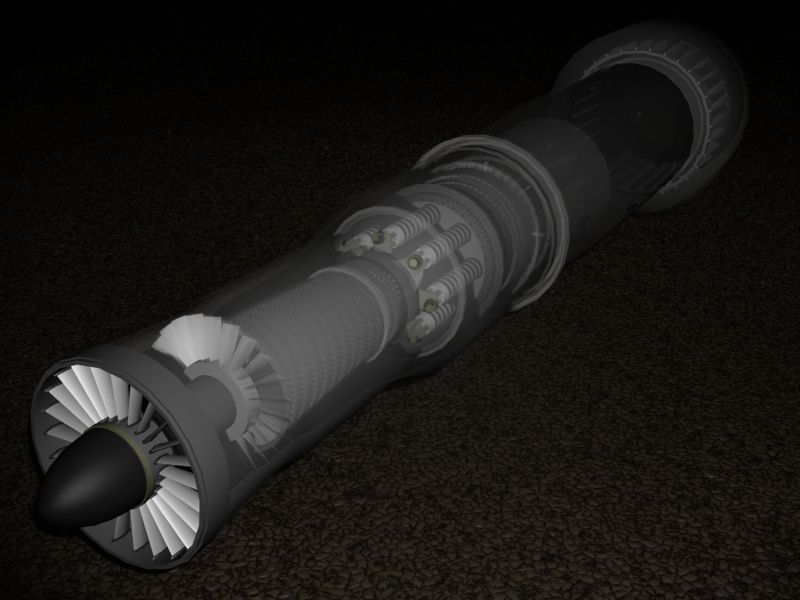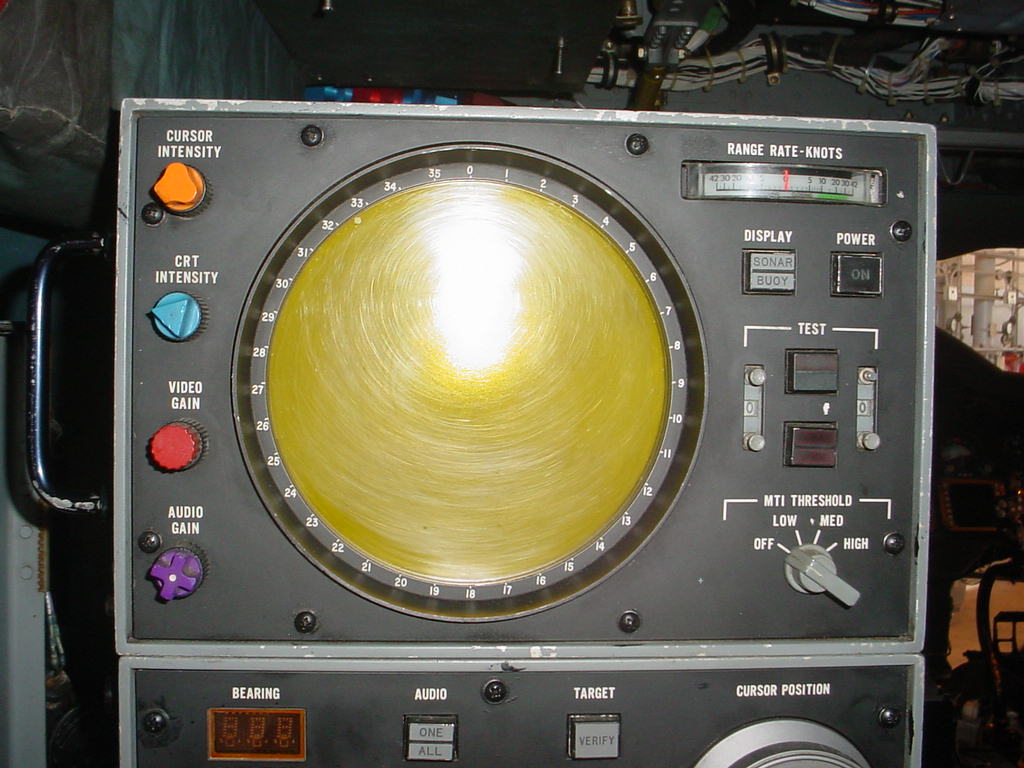Welcome to swordinstone's Online Portfolio
After graduation, in August of 1999, reality started to set in. "Oh crap! I have to find a job and start paying back loans!" It took me about a month to find a job, the pay kind of sucked, and the drive was even worse. If you live in Orlando, you avoid I-4 like a plague ridden zombie horde, and I got to drive it everyday :). The work wasn't really what I wanted either, being mostly 2D graphics, and even some physical labor, such as mounting the prints on boards and some weekend cleaning. I suppose having to intern would have been worse, but I made the most of it anyway. The people I worked with made things pretty easy though. The bosses were all very positive, and didn't pretend to be art critics. There were 4 Medical Illustrators working right by me that kept the office atmosphere very lively.
Around the Holidays of 1999/2000, I caught wind of Full Sail needing lab instructors for their new Computer Animation Program. This was too good to pass up, I knew most of the people working in the program from when I was a student, and it was the first real opportunity of a career in computer animation. I ended up working for Todd Palamar in the Final Project class. This was the final class students would take before graduating from the program. Things were pretty intense for a while; I had A LOT to learn... The tricky part was I had to know everything about Maya, due to the fact that my responsibility was to help the students complete their project. Questions regarding anything and everything would be asked along the way. I helped the students outside of Maya also, painting textures in Photoshop, editing and compositing in After Effects. Even things like file management and project organization cause a lot more trouble than one might think. I had a strong background in modeling, animating, and the 2D side of graphics going in, but I knew very little about most everything else. It took me about 6 months to build my knowledge base of Maya, but it covered just about everything. I learned a lot about modeling, character setup, texturing, animating, lighting, expressions, and dynamics. Todd was an incredible person to work for, and I owe a lot of what I know to him. I also met some of my best friends while working there. If there ever was a question I couldn't answer for a student, I could always refer to one of them.
We would get a new class of students every month. Each class would be in Final Project for 2 months, so we had 2 sets of students to deal with at a time. The students were to complete a 30 second animation for their demo reel, which was also the majority of their grade for the class. This was just the lab portion of the class; there were also plenty of lectures. I would often sit in on Todd's lectures. The real world perspective he gave towards projects really helped me understand computer animation on a whole new level. I eventually was given one of his lecture days to show the students how to use the Unreal Editor, giving them a taste of game production. I researched UnrealEd for a month or 2 and came up with 2 basic tutorials on editing levels. I also wrote a tutorial on creating realistic looking textures in Photoshop from scratch. It explained why alpha channels are so powerful, and how to use them to their fullest.
Full Sail was a great experience, in the year and a half I worked there, I probably learned as much as I did while I was a student. But all things come to an end eventually, and I decided to move on in August of 2001. I took a job doing 3D and 2D for American Systems Corporation. Their office is really close to Full Sail, so it was an easy transition. That was part of my motivation for leaving Full Sail, I wanted to work on some projects, and develop my skills. The first challenge while working at ASC was to teach myself a new software package, 3D Studio Max. I'll admit it, I was a Maya snob! I hated the idea of trying to learn this "inferior" package. I would constantly compare it to Maya, and frustration would often stop my progress. The most difficult part of the process was that I had no one to ask questions of, everyone I knew used Maya. Well, it took me a good month to really get comfortable with Max. I'm still learning things about it, but I would say I'm more than adept with it now. I actually prefer it to Maya in some aspects now.
3D graphics were pretty new to ASC when I started working there. After talking with my boss about ways to approach the images I was to create, it was decided to keep things fairly simple. As time progressed however, the client (the Navy), and our managers started to better understand what goes into creating 3D graphics. We started to implement texturing, better lighting, even some special effects and compositing at times. Hiring 2 more 3D artists also gave us the ability to do nicer quality work. I've rambled on for quite a while now, so let's get to the good stuff! Everything on this page was produced while working for ASC.


This is a good example of the type of work that dominated my first year at ASC. Understanding how machines work, then modeling and animating them. This particular machine is a retraction engine, found on aircraft carriers. The cable runs on the pulleys coming out of the main body are much longer in real life.


If you can't tell already, this is a jet engine. It's a based off a generic model, so it isn't specific to any jets. Can you guess how many fan blades there are? ( thank god for instanced geometry :) There is an animation of this engine further down the page.


This was the first Airplane I modeled for ASC. It was quite a learning experience, there's some funky geometry on those jets! All I had for reference were the images now mapped on it. I'm fairly happy with it, but I know it could have been better, had I had more time to spend on it, and better reference.


Here is an example of something newer. I placed a photo of the real thing first for comparison.



This is the Cinematic version of the F/A-18A Hornet. I worked on this with another artist, Brian Lanier. He ended up texturing most of the plane and animating the ejection sequence. This is probably the best pre-rendered 3D work to come out of ASC to date. I added the Dragon to the Horizontal Stabilizer as a personal signature... when the Navy guys reviewed the project; they actually asked me if it was a real squadron. Ahhh, shouldn't you know that with out asking a civilian? :p



This may look like the same model as previous, but it is vastly changed. This version of the F-18 is for a real time maintenance trainer. The Model was reduced from approximately 80k polys down to 30k... all without sacrificing any detail. Doors for maintenance access and landing gear were added, along with geometry for the interior of those compartments. I also completely retextured the model for use in real time. Rodney Chin worked with me on this project, modeling and texturing the components inside the access hatches, and the landing gear. In some ways I think this model looks a little better than the original, plus it runs in real time, which is always a nice bonus.
Animations
(files are small, shouldn't take long to open)
Jet Blast Deflector
Here is an animation of a Jet Blast Deflector found on aircraft carriers. You've probably seen one in the movie Top Gun, or any other movie showing carrier take off. The animation of the arms that raise the deflector was fairly tricky to line up right.
ASC Logo Anim
I did this little bumper for ASC's booth at ITSEC this year.
Parachute Test
I liked the way this chute looks; it was used in the F-18 ejection sequence animation. This is a test of motion I did prior to it being used in the ejection sequence animation.
Jet Engine
And here is the animation of the jet engine as promised. The particles hide some of the spinning blades towards the front. Every other section is stationary, to help compress the air tighter and tighter until it is finally mixed with jet fuel and ignited. The burning mixture is further compressed and finally has more fuel dumped on it as it passes through the afterburners.
Back to Main
Student Work
Personal Projects













